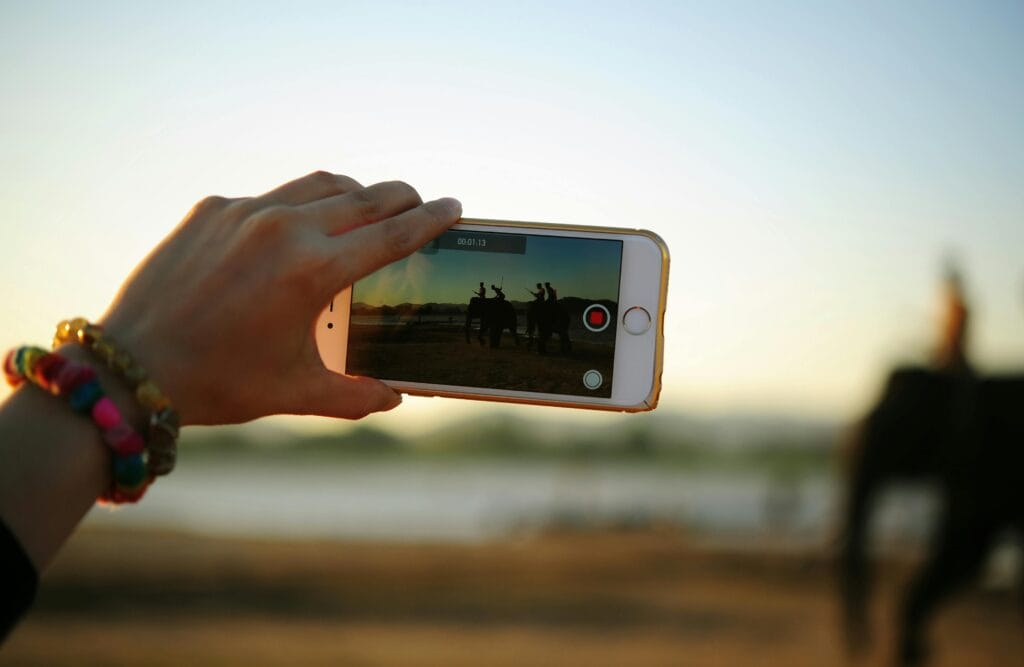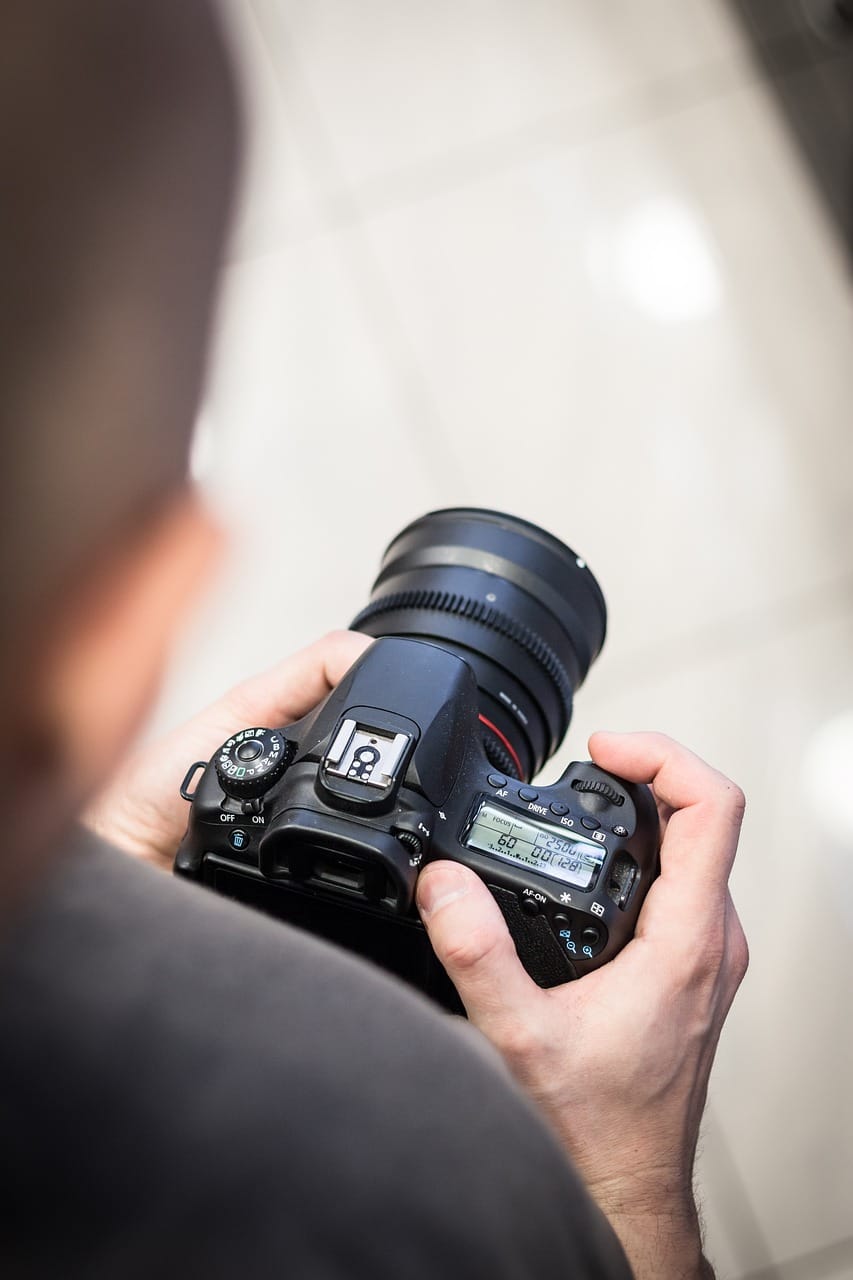Embarking on a photography safari in Africa offers an unparalleled opportunity to capture breathtaking landscapes and extraordinary wildlife moments. Whether you’re an amateur photographer or a seasoned professional, the Serengeti, Ngorongoro Crater, and other iconic Tanzanian locations provide endless inspiration. Here’s a guide to help you make the most of your photography safari adventure.

1. Choose the Right Gear
Having the right equipment is essential for capturing stunning images:
- Camera Body: A DSLR or mirrorless camera with manual settings gives you the most control.
- Lenses:
- Telephoto (200-400mm): Ideal for capturing wildlife from a distance.
- Wide-angle (18-35mm): Perfect for landscapes and dramatic skies.
- Mid-range (50-100mm): Useful for portraits and closer shots.
- Tripod or Monopod: Helps stabilize your camera for low-light shots and panning.
- Spare Batteries and Memory Cards: The wilderness offers endless opportunities, and you don’t want to miss a shot due to technical issues.
2. Master Your Camera Settings
Understanding key camera settings will enhance your photos:
- Aperture (f-stop):
- Wide Aperture (f/2.8-f/5.6): For beautiful background blur (bokeh) in wildlife portraits.
- Narrow Aperture (f/8-f/11): Ensures both the subject and background are sharp in landscapes.
- Shutter Speed:
- Fast (1/1000 or higher): Freezes motion for animals in action.
- Slow (1/30 or lower): Captures the motion blur of moving animals or flowing water.
- ISO Settings: Keep it low (100-400) for bright daylight; increase it (800-1600) in low-light situations.
3. Understand Wildlife Behavior
Knowing animal behavior helps you anticipate and capture remarkable moments:
- Big Cats: Early mornings and late afternoons are the best times to find lions or leopards on the move. Watch for signs of hunting or interactions with their young.
- Elephants and Giraffes: Look for watering holes and open plains; patience is key for capturing their majestic presence.
- Birds: Focus on feeding patterns and take advantage of their flight paths.
4. Composition Techniques
Strong composition makes a photo stand out:
- Rule of Thirds: Place your subject off-center for a more dynamic image.
- Leading Lines: Use natural lines (rivers, paths) to draw the viewer’s eye into the scene.
- Frame within a Frame: Use trees, bushes, or rocks to frame your subject and add depth.
- Perspective and Angles: Try shooting from different heights to create unique perspectives.
5. Best Times for Photography
Lighting is everything in photography, and the best times are:
- Golden Hour: Just after sunrise and before sunset offers soft, warm light that enhances colors and textures.
- Blue Hour: Just before sunrise or after sunset provides a cool, moody atmosphere.
- Midday Challenges: Harsh light can create shadows; use it creatively or focus on shaded subjects.
6. Wildlife Photography Ethics
Respecting nature ensures a positive impact:
- Keep Your Distance: Avoid disturbing animals; use a telephoto lens instead.
- Stay Quiet: Noise can stress wildlife and spoil the natural scene.
- Follow Guide Instructions: Your guide knows the terrain and wildlife best, ensuring your safety and that of the animals.
7. Post-Processing Tips
Editing enhances your photos without altering their natural beauty:
- Adjust Exposure and Contrast: Bring out details in shadows and highlights.
- Crop Thoughtfully: Remove distractions while maintaining the composition.
- Enhance Colors: Boost natural hues subtly for a vivid yet realistic effect.
8. Pack Smart for the Safari
- Weather Protection: Dust covers and rain gear protect your equipment from the elements.
- Comfortable Clothing: Neutral colors and light fabrics blend with the environment and keep you comfortable.
Top Photography Safari Locations in Tanzania
- Serengeti National Park: Known for the Great Migration and abundant big cats.
- Ngorongoro Crater: Offers diverse landscapes and dense wildlife populations.
- Tarangire National Park: Famous for elephants and ancient baobab trees.
- Lake Manyara: Excellent for bird photography and tree-climbing lions.
Join a Photography Safari with Future African Safari
Future African Safari offers tailored photography tours guided by experienced professionals who understand both the art of photography and the intricacies of wildlife behavior. Whether you’re capturing the Great Migration or the serene beauty of Tanzania’s landscapes, our guides ensure you’re in the right place at the right time.
Ready to capture Africa’s beauty through your lens? Book your photography safari with us today and turn your dream shots into reality!


